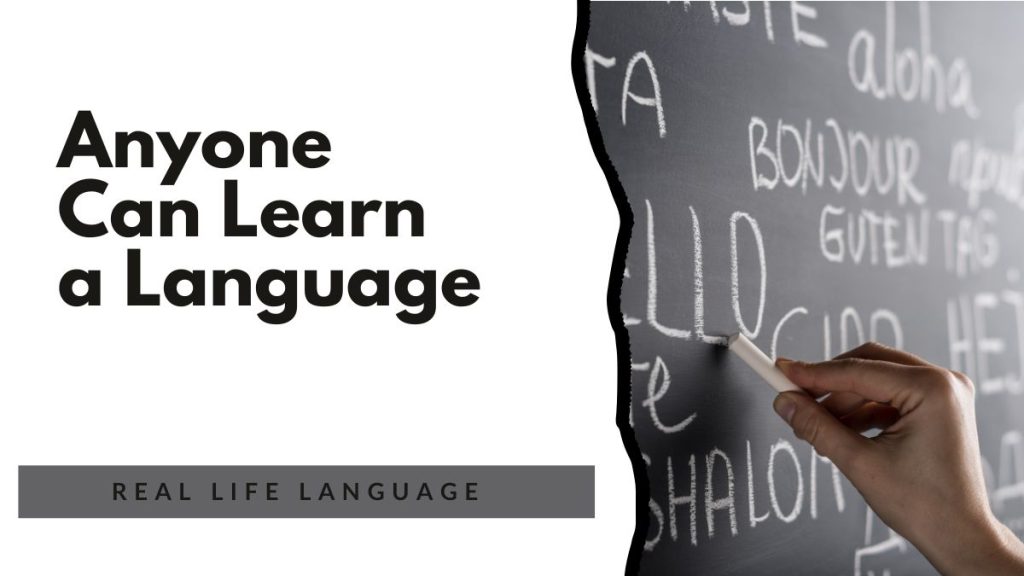
This article focuses on production — the active skills of writing and speaking. If you’re enrolled in a second language learning acquisition course: Production or planning your own routine, this guide turns the lesson into a practical, step-by-step plan you can use immediately.
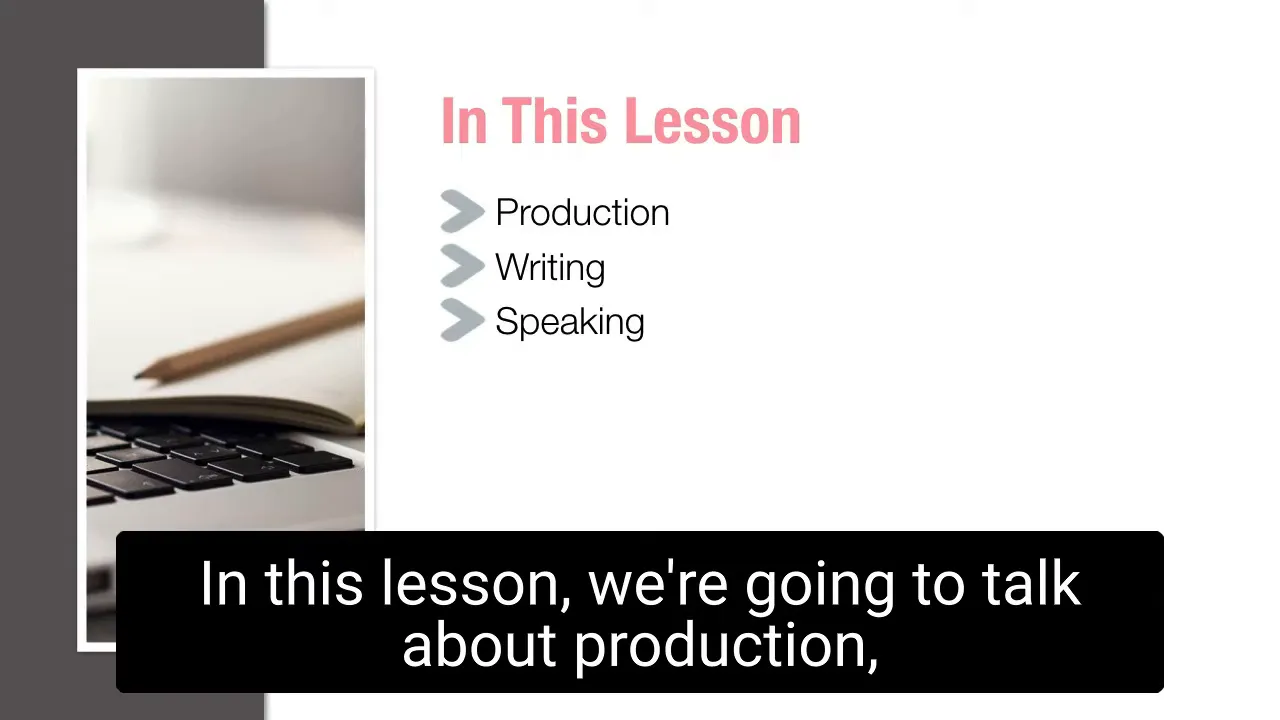
Why production matters
Production — speaking and writing — is the output side of communication. It’s the moment you test whether you really understand the language: can you form sentences and express your thoughts? As the lesson puts it:
“The test is already built in: do you understand it? Can you express it?”
Active production forces consolidation. Writing skates ahead of speaking in many learners’ trajectories, but both accelerate fluency when practised deliberately.
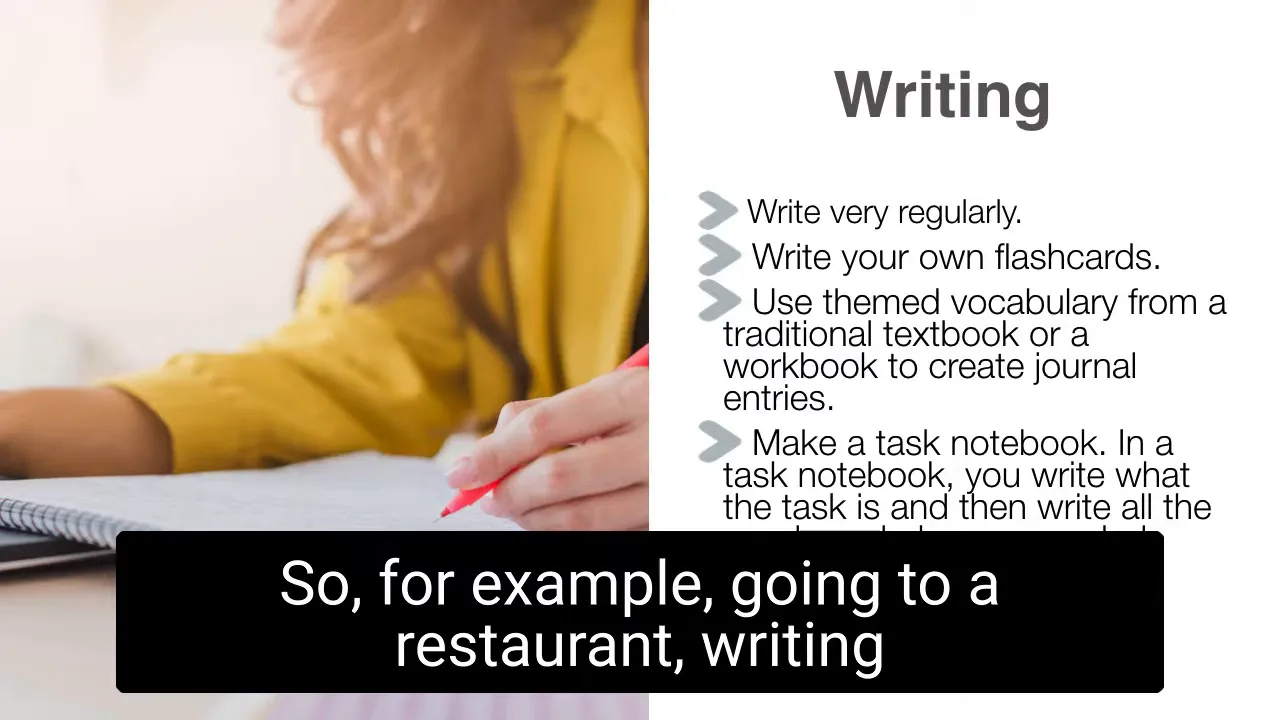
Writing: the deliberate engine
If you’re literate already, writing is one of the fastest ways to Skyrocket your fluency. Use it to practise the exact language you’ll need in real situations.
Task notebooks
- Create a task notebook and dedicate one page per task (e.g. going to a restaurant, returning a defective item).
- List all relevant vocabulary, phrases and the mini-dialogues you might need.
- Use these pages as self-tests and as templates for journal entries.
Tasks give context: rather than obsessing about verb tenses in isolation, you focus on what’s needed to complete the task — buying at a market, telling a childhood story, introducing yourself.
Timed writing (Pomodoro)
Use short timed sessions (5–7 minutes) to force creation without aids. When the timer stops, look up gaps and add them to your task pages. Over time increase duration as you move from novice toward intermediate.

Speaking: record, review, repeat
Speaking practice should be regular and measurable. Record yourself on a timer, save the MP3s with dates and listen back to track progress.
- Set a topic and speak for an allotted time — daily or weekly.
- Keep the rule simple: speak only in the target language during the recording.
- Compare recordings over weeks to notice improvement.
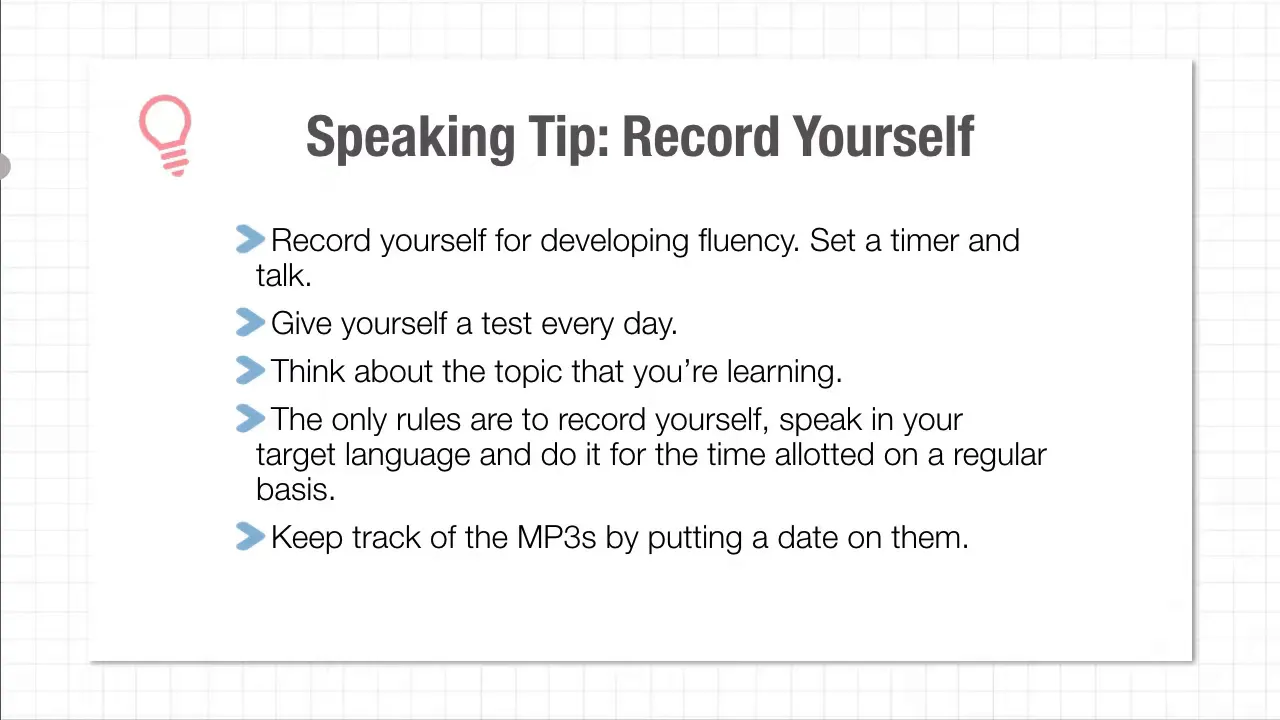
Practice conversations
Beginner textbooks and phrasebooks contain ready-made dialogues. Memorise and perform them; they provide chunks of language you can deploy in real conversations.
Balancing memorisation and acquisition
There are two complementary routes: deliberate learning (memorisation, flashcards, task journals) and natural acquisition (listening, reading, real communication). Use both.
- Memorise core phrases in the novice phase to build confidence.
- Seek out opportunities to acquire language through listening and interaction.
- Together, memorisation and acquisition amplify each other and will Skyrocket your skills.
Maximise speaking when you travel
If you can travel even briefly, make it a speaking immersion. Attend language exchanges, meet locals, and treat every market chat or hello as practice. It can feel intimidating, especially for introverts, but it’s one of the fastest ways to turn knowledge into communicative ability.
Practical weekly routine
- Create or update two task notebook pages (one speaking, one writing).
- Do two timed writing Pomodoros (5–15 minutes) on different topics.
- Record one speaking test (3–10 minutes), date the file, and review last week’s recording.
- Memorise or revise 10–20 phrases from textbooks/dialogues.
- If possible, attend one language exchange or seek a short conversation with a local.
Conclusion
Production practice is the clearest test of progress. Incorporate task notebooks, timed writing, regular recordings and real conversations into your routine. If you’re following a second Language Learning acquisition course: Production, use these techniques to convert passive knowledge into active skill. Focus on one or two tasks at a time, expand gradually, and measure your progress by listening to your own voice — you’ll be surprised how quickly things improve.
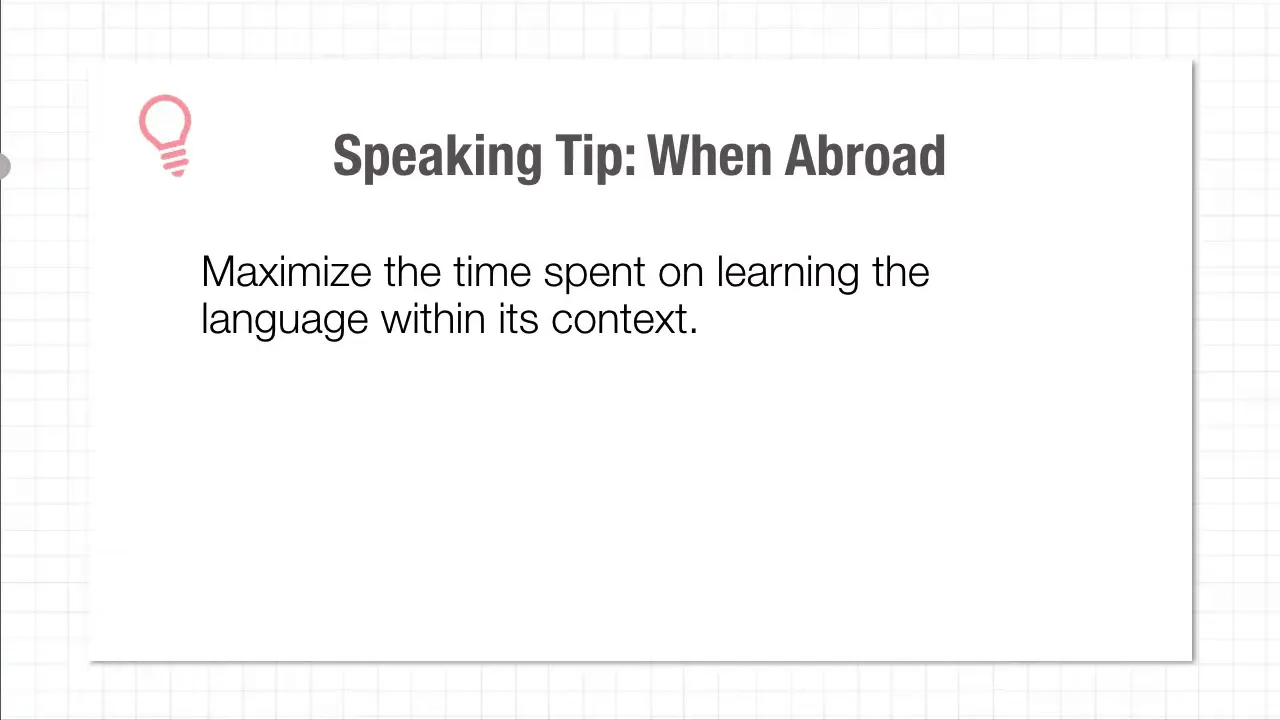
5 Weeks of No and Low Prep Fun
Need quick, engaging activities for your class? This free guide includes 25 no-prep and low-prep ideas to save time while keeping students excited about learning.
Download your free copy now.
